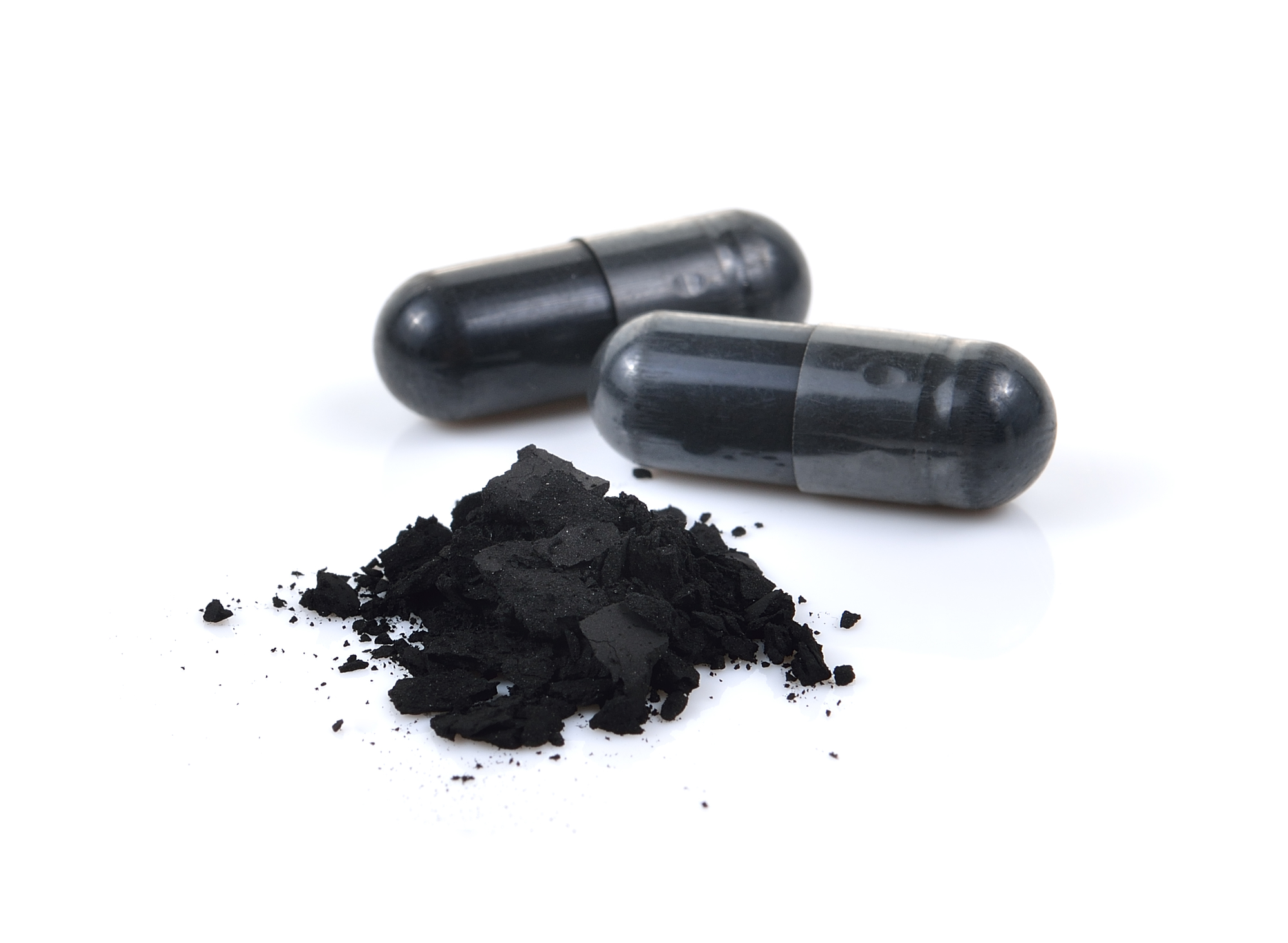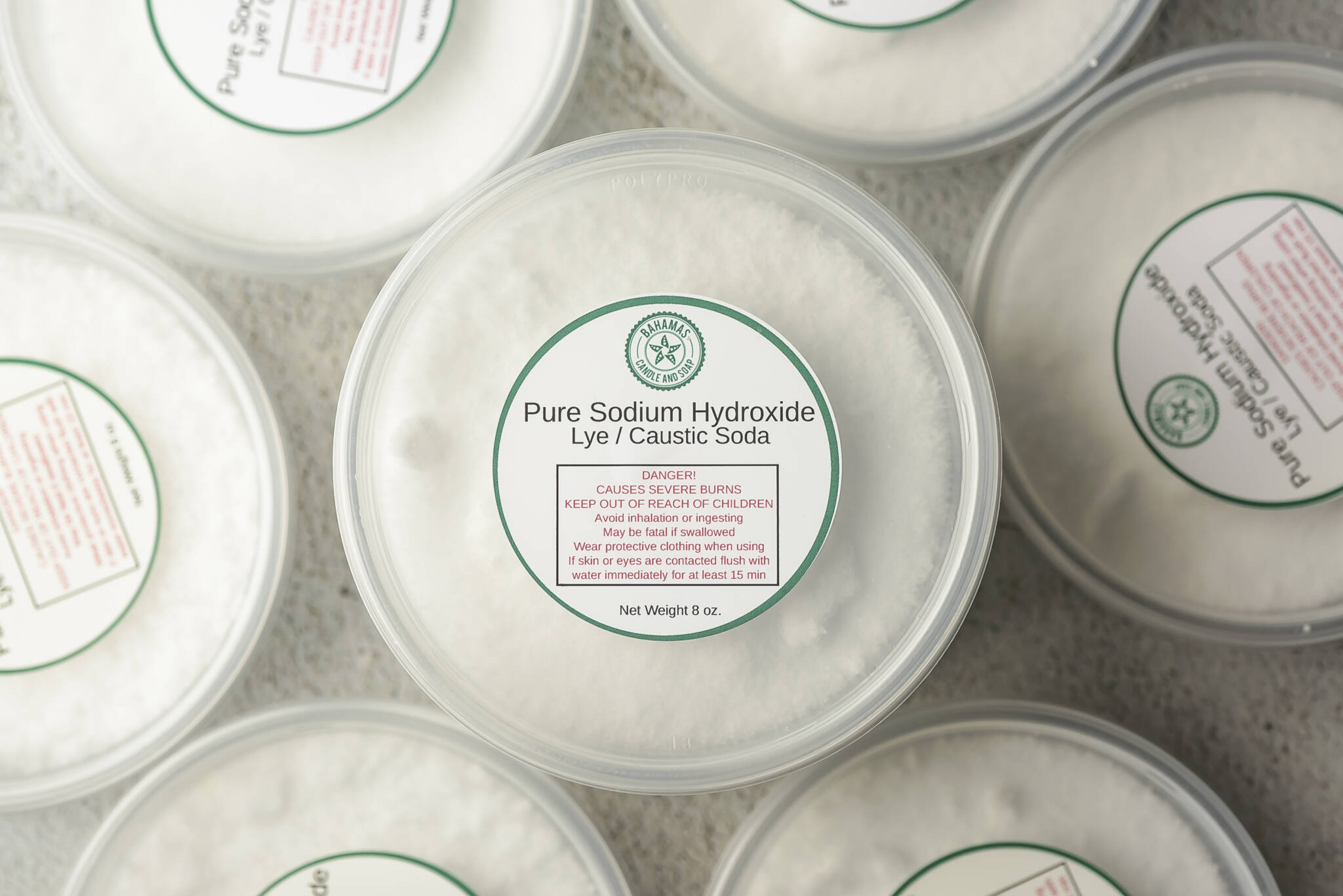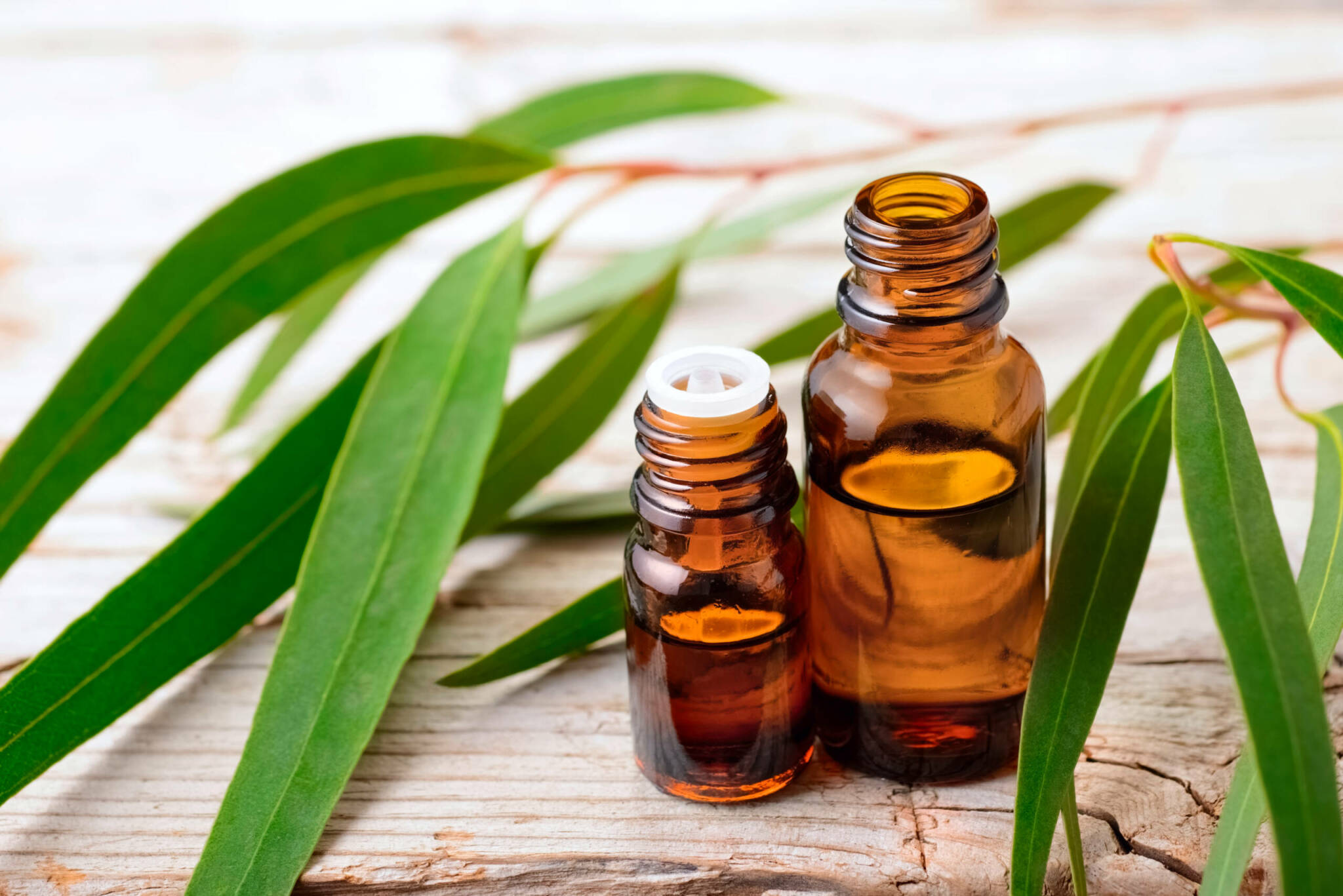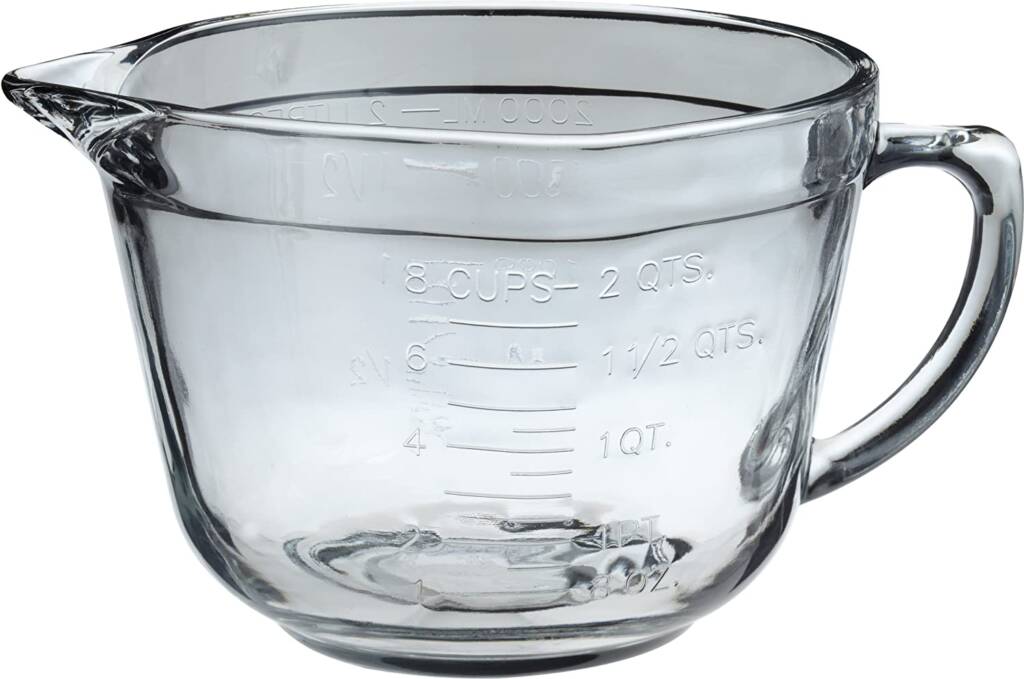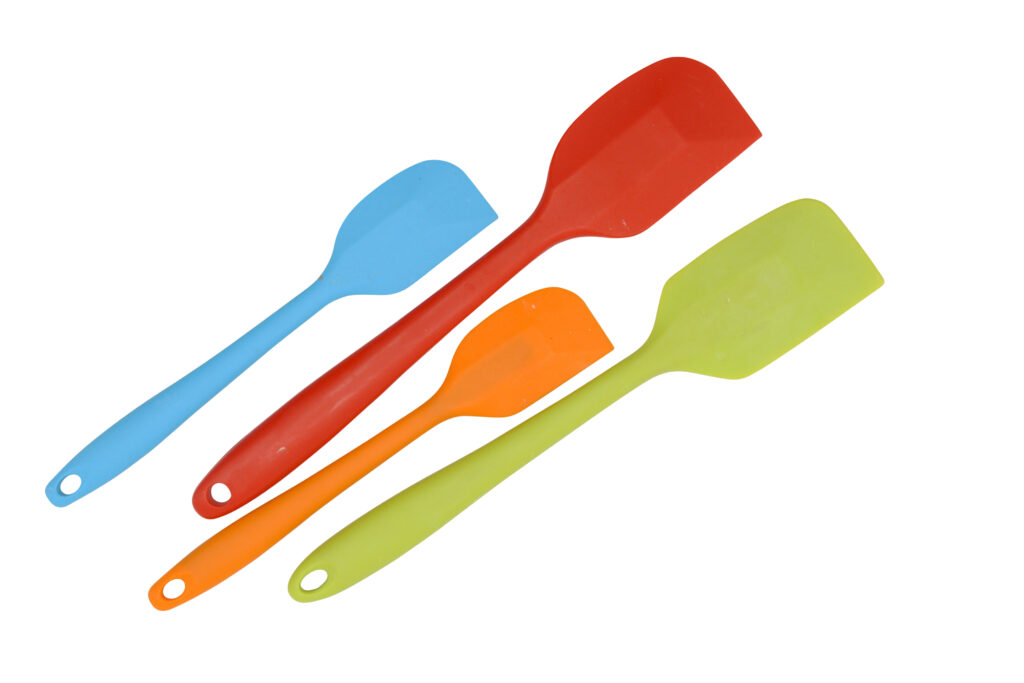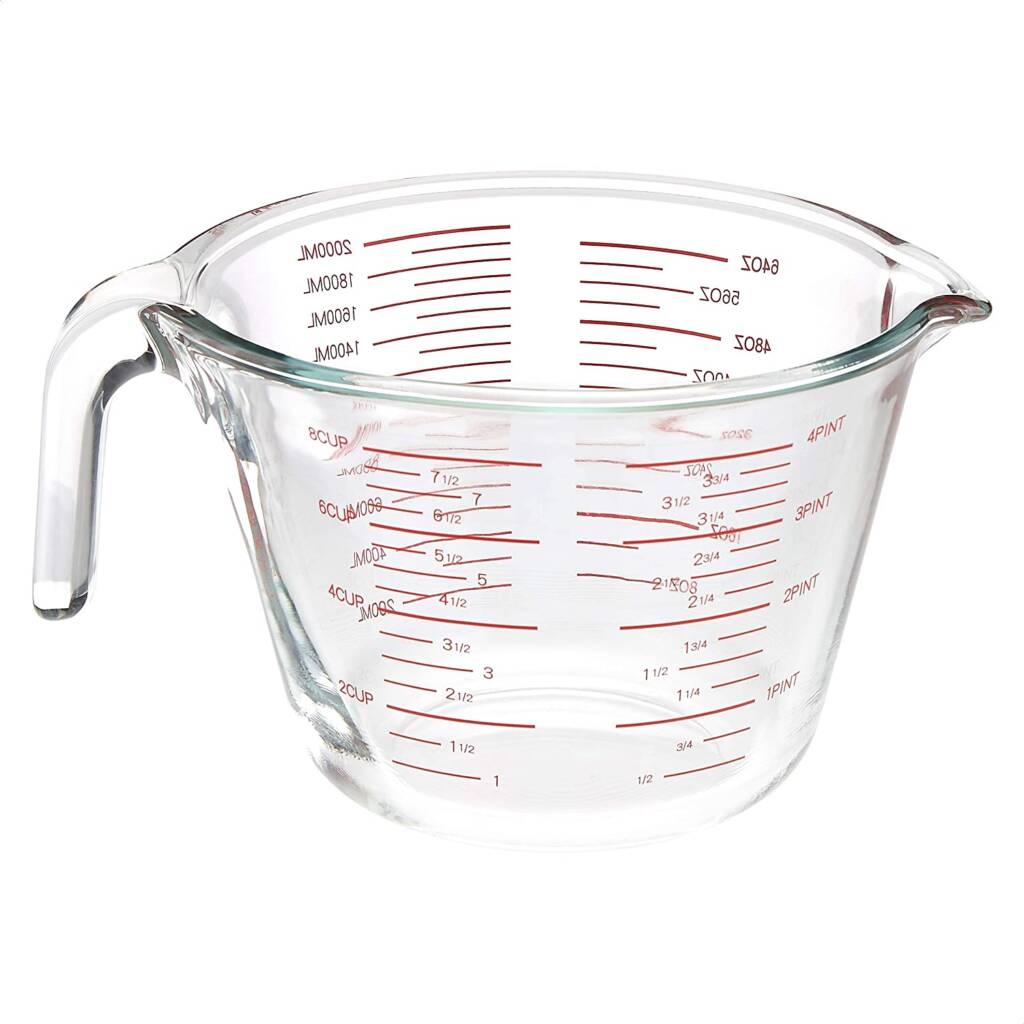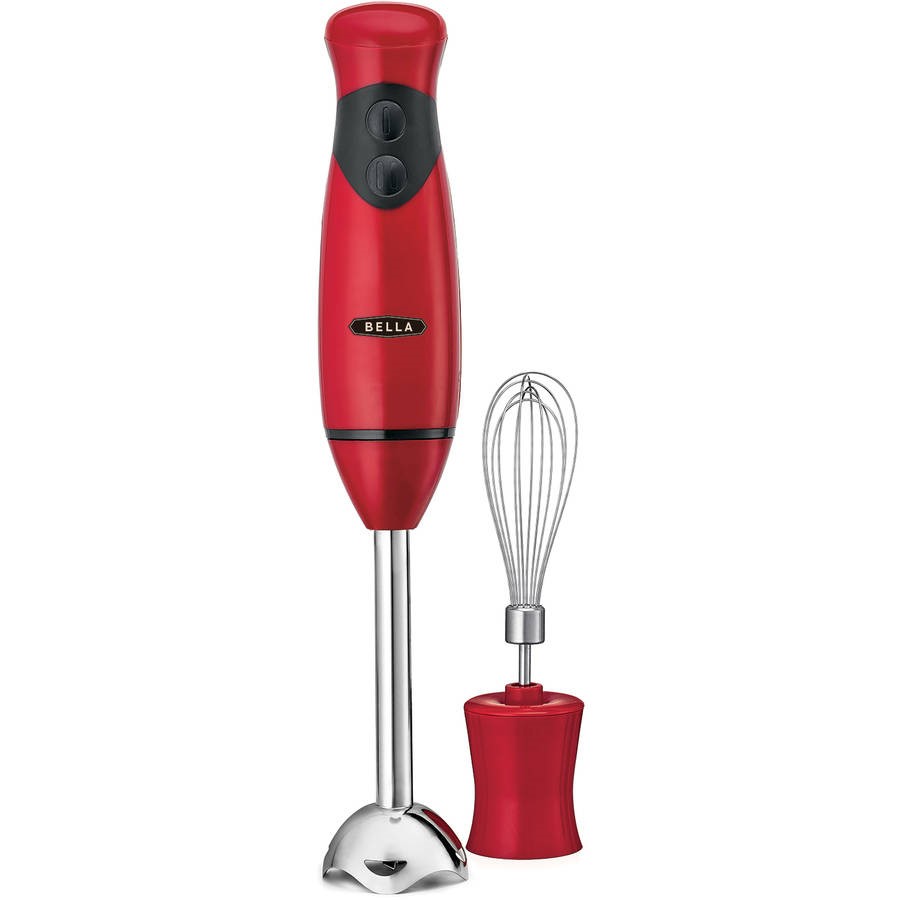Soap making level – BASIC
Activated charcoal soap is typically combined with tea tree essential oil which makes it a very popular soap that is easy to make but also very beneficial for the skin.
Charcoal soap is used mainly for person with oily skin and extreme acne and many also use it to balance their skin tones especially when they have dark spots about their body. It can be used as a facial soap or a full body soap, its that versatile as the charcoal helps to remove excess oil from the skin by ‘adsorption’ while the tea tree essential oil helps keep the skin tight.
Table of contents
- Activated charcoal soap recipe
- Cold process soap making
- Soap making safety
- Lye safety tops
- Recipe ingredients
- Soap making tools
- Instructions
- 1-Lye water preparation
- 2-Oil preparation
- 3-Essential Oil
- 4-Combine lye water and oils
- 5-Removing soap from the mold
- 6-Soap cutting and curing
- Congratulations
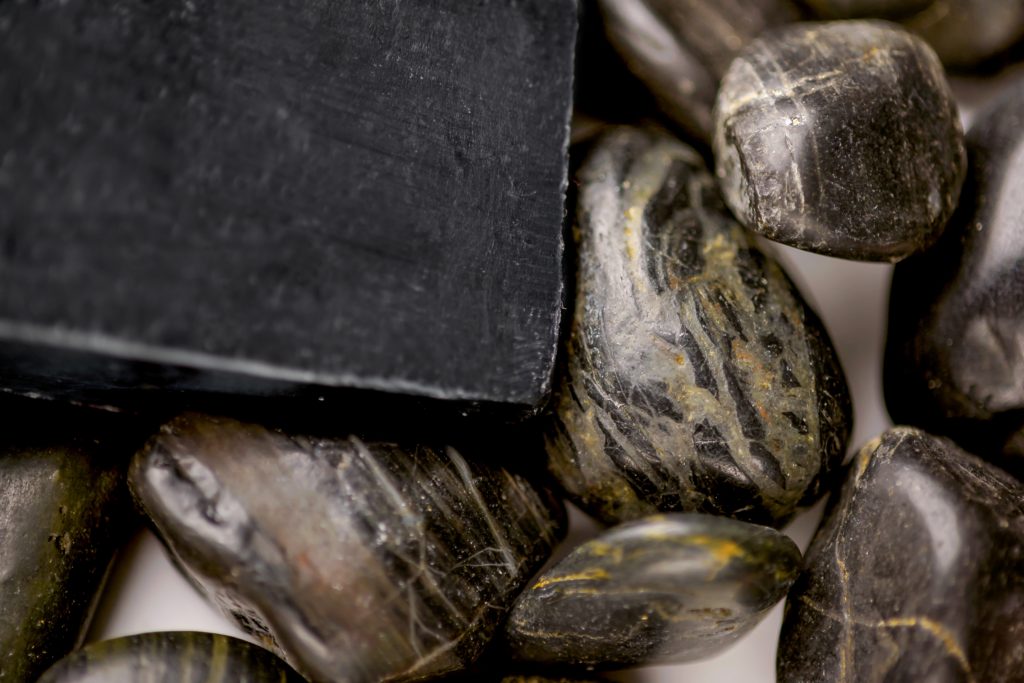
Activated charcoal soap recipe
There are two ways that we like to make our activated charcoal soap. One is with 5 different oils for a balanced soap and two with two oils coconut and olive oil for a harder, bubbly long lasting bar. Which ever recipie you choose, making activated charoal soap is more of a balancing how much activated charcoal to add to the soap, this is about 3tsp per pound of soap.
Cold process soap making
Cold process soap making is easier than many may think. It can be a bit nerve wrecking especially when it comes to handling lye. This corrosive chemical reacts with water and begins to heat up drastically.
It is good to make safety procedures standard and a habit when it comes to making cold process soap. Many soap makers have stated that after making soap for a while it becomes easier and less scary once they stick to safety protocols.
Cold process soap making safety
The one key point that is stressed as we teach and we will stress here at Bahamas Candle and Soap is the importance of safety in candle and soap making.
When making soap you will be working with super heated materials with the potential to cause major skin burns. You must be sure that you are properly prepared.
The main ingredient in soap making is sodium hydroxide also known as lye. This corrosive chemical reacts with water and begins to heat up drastically, however this chemical reaction is needed to convert oils into soap.
It is good to make safety procedures a standard and a habit when it comes to making cold process soap. Many soap makers have stated that after making soap for a while it becomes easier and less scary once they stick to safety protocols
Sodium Hydroxide – Lye SAFETY
Sodium hydroxide is an inorganic compound used to emulsify the fats of oils into soap. When used properly in soap there will be no lye left over in the soap as its chemical makeup changes to create the actual soap.
When handling lye be sure to protect your exposed skin. Here are a few items we recommend you have.
- Gloves
- Long sleve shirt
- Long pants
- Closed toe shoes
- Safety Goggles
These items will ensure if there are any accidents such as splashes you will keep your skin safe from the burning sensation of lye.
NOTE
- Use an appropriate container to hold your lye and to mix your lye water. Heat tempered glass works very well or hard plastic containers.
- When making your lye water remember to add the LYE to the WATER and never the other way around.
- Mix you lye solution in a well ventilated area. The fumes that will arise from mixing water and lye can become noxious to some persons while its chemical scent can burn your nose and make your eyes water.
- Ensure that you are wearing your safety glasses, rubber gloves, long sleeve shirt and pants and close toe shoes. This is to avoid any splashes getting on your skin. Another reason is that if you use a container that cannot handle the heat created by the lye water solution it could break and the entire solution can get on your body.
- Learn more about lye safety HERE
Oils
In some recipies and depending on where in the world you live you may have to pre heat your oils. Oils can also burn the skin when heated hence ensuring that you are safe from splashes or spills is very important.
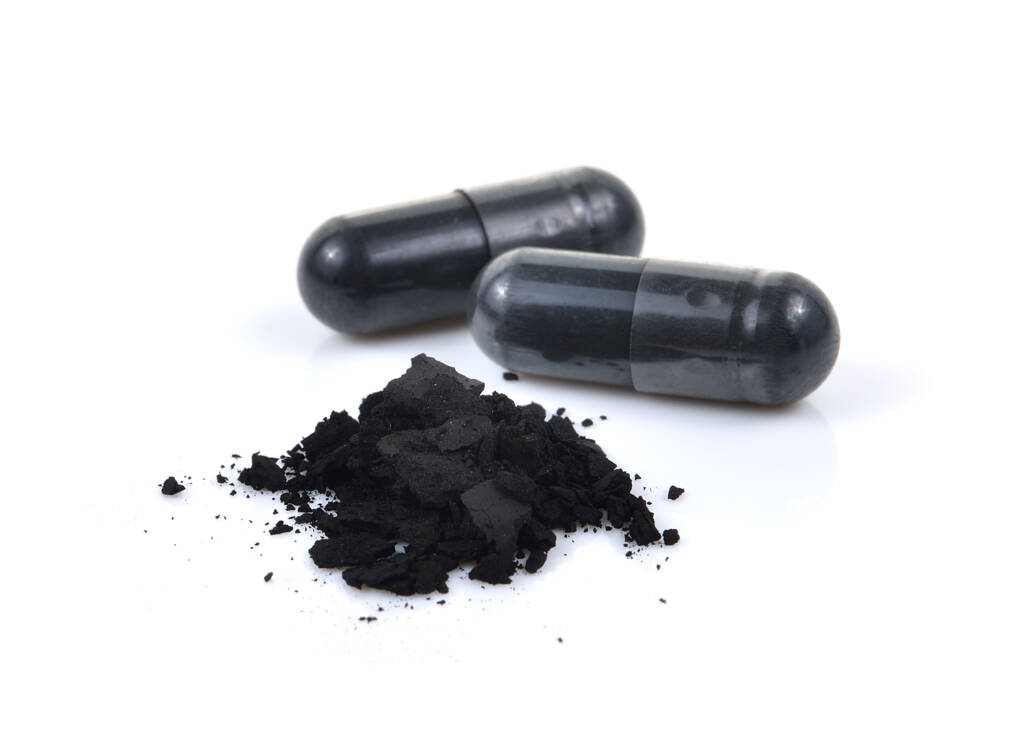
Activated charcoal cold process soap recipe Ingredients
| Ingredient | Pecentage | Weight |
|---|---|---|
| Olive Oil | 30% | 9.90oz |
| Coconut Oil | 40% | 13.20oz |
| Sweet Almond OIl | 15% | 4.95oz |
| Cocoa Butter | 10% | 3.30oz |
| Castor Oil | 5% | 1.65oz |
| Distilled Water | 11.55oz | |
| Lye | 4.86oz | |
| Essential Oil (tea tree – optional) | 1.49oz | |
| Activated Charcoal | 3tsp |
50/50 Activated charcoal recipie
| Ingredient | Pecentage | Weight |
|---|---|---|
| Olive Oil | 50% | 16.50oz |
| Coconut Oil | 50% | 16.50oz |
| Distilled Water | 11.55oz | |
| Lye | 5oz | |
| Essential Oil (tea tree – optional) | 1.49oz | |
| Activated Charcoal | 3tsp |
Purchase Ingredients
Tools Needed for activated charcoal cold process soap making
Infrared Thermomete
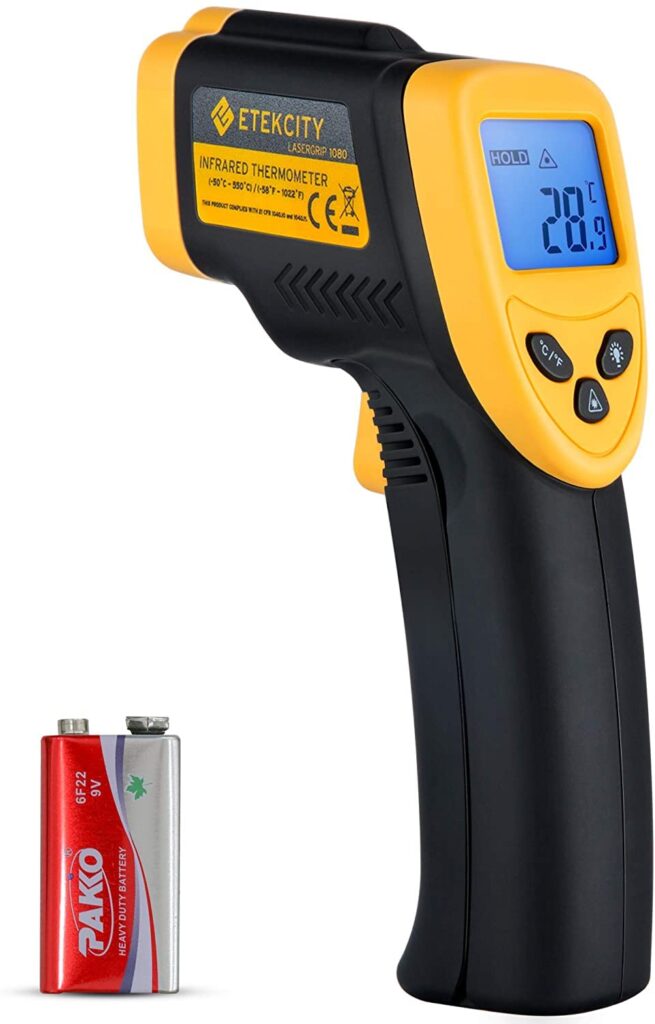
Steel whisk

Measuring spoon 1oz
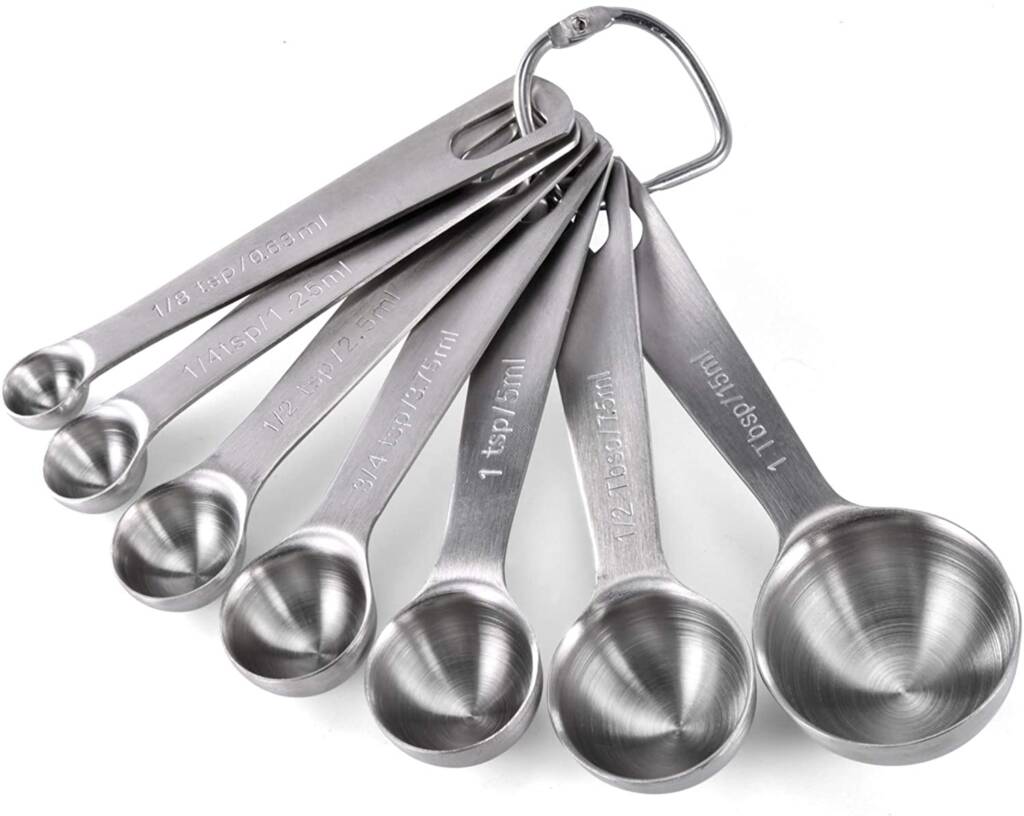
42oz loaf mold

Food grade scale
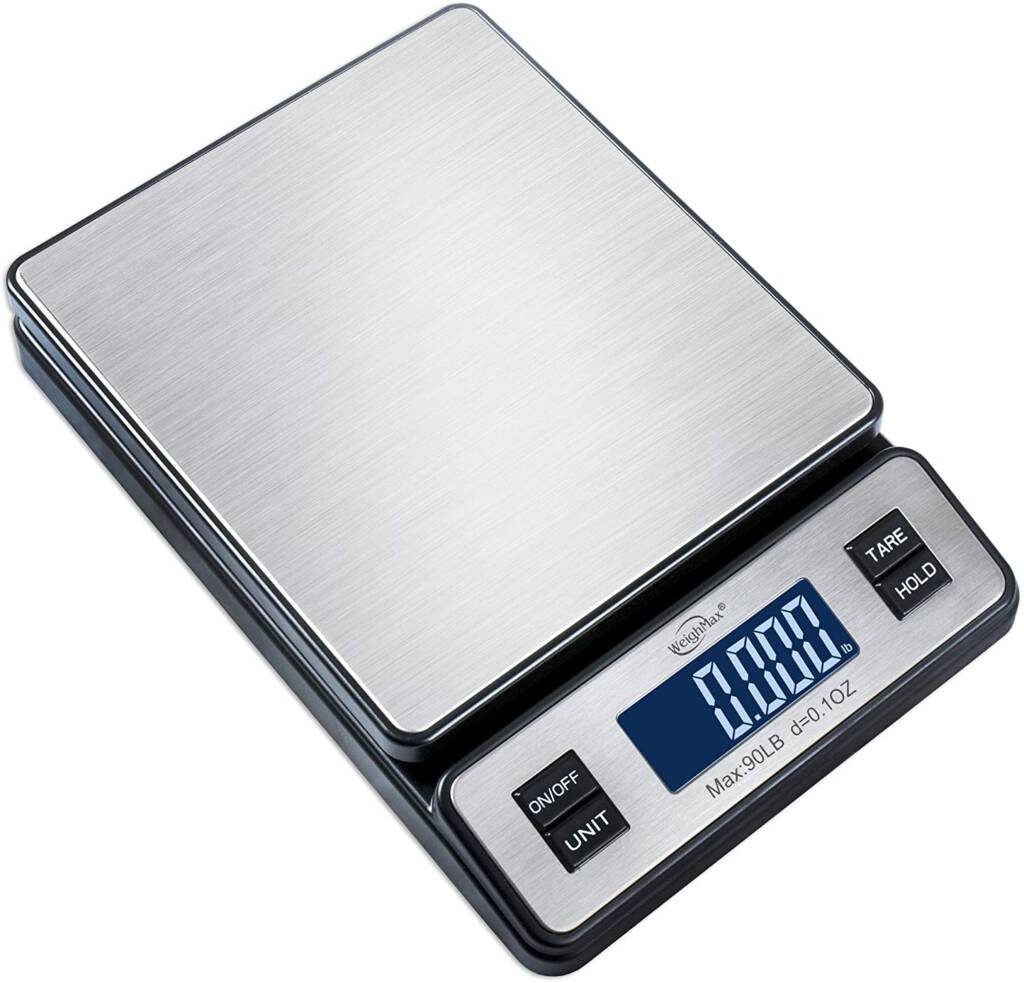
.

Instructions to make activated charcoal soap
Making activated charcoal soap is much like any other cold process soap except with the addition of actual activated charcoal poweder.
This is a very fine dust grain poweder and you should be careful when handeling it as if you breath to hard you could have a room full of fine black powder on everything and its not so easy to remove.
Follow the instructions below and ensure you add your activated charcoal powder at the right time for best results.
1 – Lye water preparation for making activated charcoal soap
Remember to observe the safety protocol for handling sodium hydroxide.
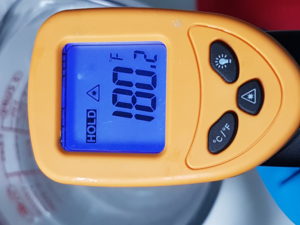
- Using your heat tempered measuring cups measure out by weight using your scale the required amount of distilled water
- Use your second measuring cup to weigh out your sodium hydroxide/lye.
- Add your lye to the water (never the other way around) slowly and mix using the steel whisk until dissolved. Check the temperature of the lye mixture once the lye has been disolved. It can be up to 200 degrees farenheight, so be careful.
- Set your lye water to the side to cool but safely away from any accidents such as bumping the tabe or knocking over the measuring cup. (NOTE – depending on your location and ambient heat, you can place your lye water in the refeigerator to cool quicker. You will want to check on it every 5 minutes taking its temperature using the infared thermometer. 120-130 degrees farenheight is a good temperature that you are looking for.)
- To ensure an even harder bar and to make it easier to remove from the mold add the 2tsp of sodium Lactate to the lye water mix, however if you are opting for the 50/50 recipie sodium lactate is not needed.
Now that you have prepared your lye water you can begin preping your oils.
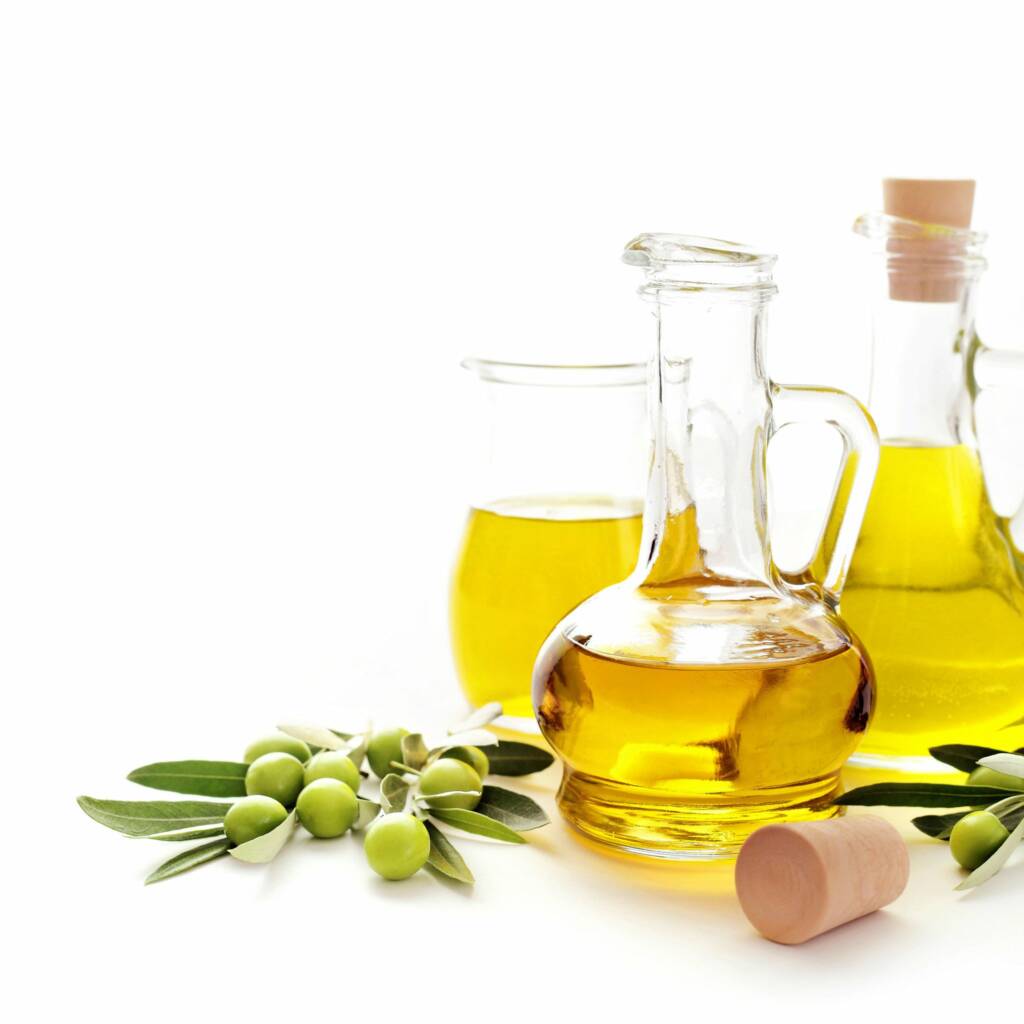
2 – Oil preparation for activated charcoal cold process soap recipe
Using multiple oils can become difficult to manage especially when it comes to combining all the oils together.
If you are unfamiliar with ways to combine multiple oils into one bowl properly you can visit How to combine multiple oils for soap making and familiarize yourselve with the techniques involved.
Which ever technique you use make sure you add all of your oils together in the 2 qt large mixing bowl. If you did not read the article on adding oil you may have missed the part about ensuring all your oils are melted and clear.
You will need your oils in a liquid state and at the right temperature roughly between 80-120 degrees farenheight, before continuing. Again if you are not sure how to do this skip over to the other article How to combine multiple oils for soap making.
With all you oils combined in the mixing bowl I find it a good practice to stir the oils togehter either with a spatula or more vigerously with a stick blender the more oils used. This is to ensure that the oils marry well within the mixture and are prepared for the lye water.
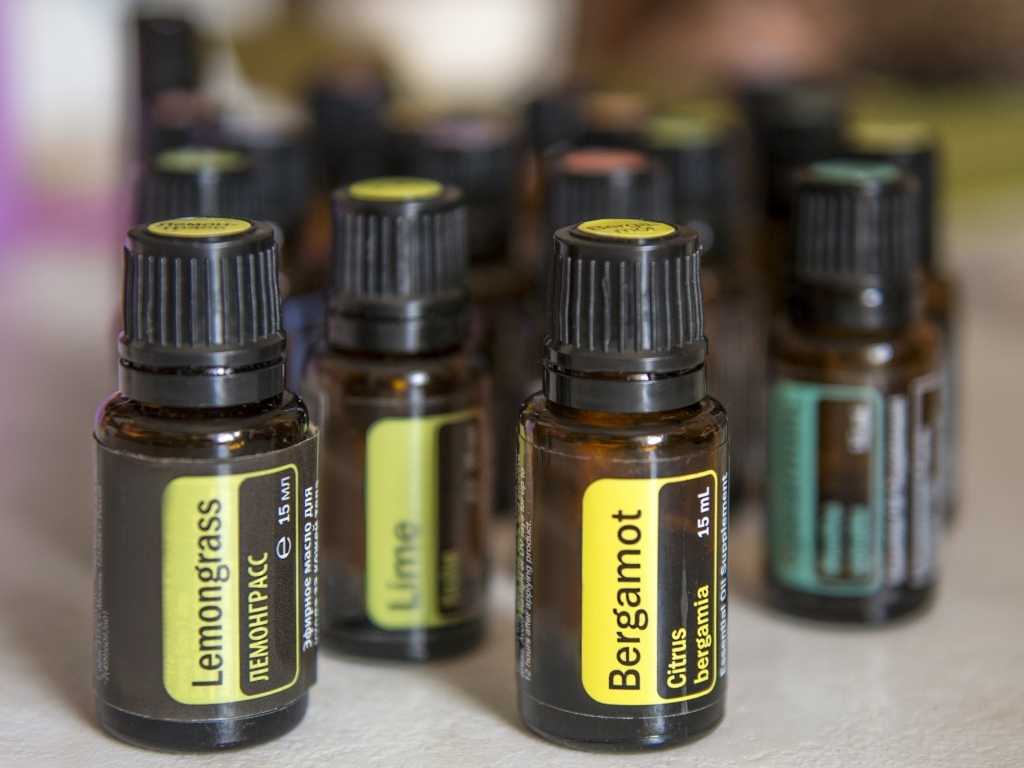
3 – Add tea tree essential oil (optional)
If you will be using the tea tree essential oil this is a good time to add it to the oil mixture. You can use other fragrances or essential oils as you please at this point.
There is one caveat to this however. Not all fragrance oils behave well in cold process soap making. You must ensure that you now how the fragrance oil will react to the soap.
Sometimes this means that it will accellerate trace, it will discolor or it some cases when adding the carrot puree it can cause the soap to begin to separate. Make sure you choose the right fragrance oil. We recommend using essential oils as they are more reliable
Measure out fragrance in a glass container. (do not use plastic container for essential oils) When measuring use wax paper on top of your scale to avoid the oil spilling on the plastic of the scale. Essential oil eats at plastic and will destroy your scale.
Make it a habit when using fragrance or essential oil to use a glass containter. If you are absoloutly sure that the fragrance will not accelerate trace, add it to your oil mixture in the mixing bowl and stir. Now you are ready to add your lye water.
NOTE – if your fragrance accelerates trace then adding it to the oil is not the best option. Wait until you have reached a light trace to add your fragrance.
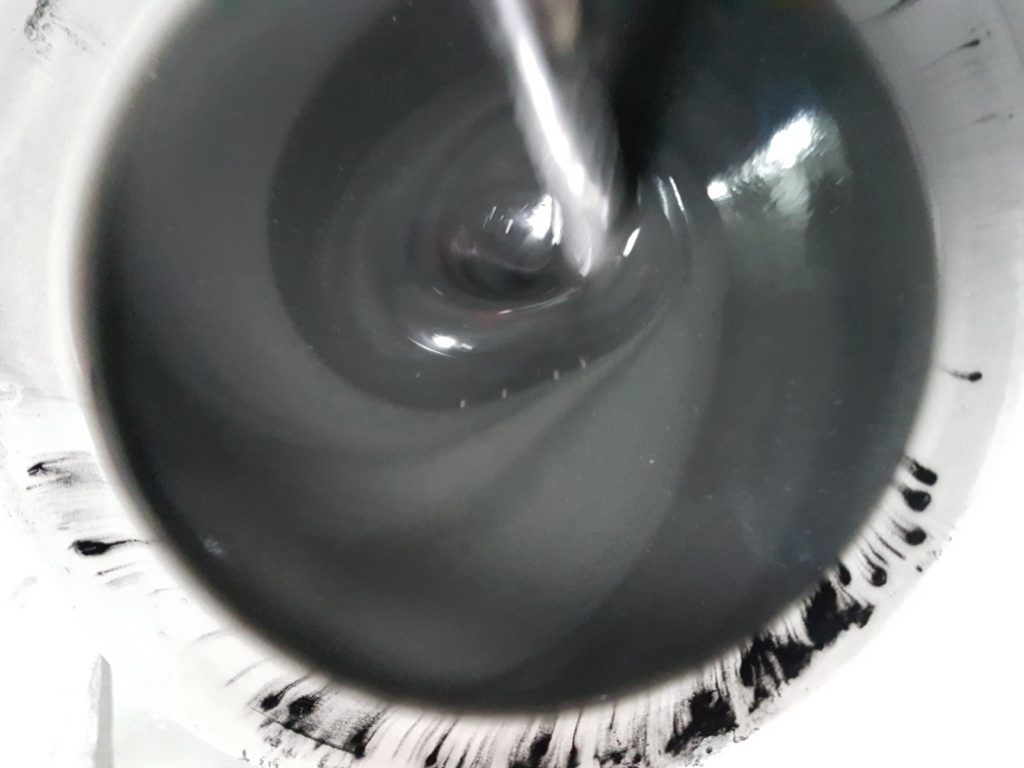
4- Oil and lye mixture to make activated charcoal soap
- Take note of the temperature of your oils and your lye water. At this point they both should be between 80-100 degrees farenheight but closer to 100-120.
- Add the 3tsp of activated charcoal to the oil mixture and use the the whisk to stir the charcoal into the oils. Use your spatula to remove any excess that may cling to the sides. You want to ensure that the charcoal has been submerged and mixed with the oils.
- Use your stick blender, burped ofcourse, and mix the charcoal into the oil. This is one method of adding the activated charcoal to your soap.
Lye mixture
- With your stick blender in your oils well burped, pour your lye water into your oil mixture along stick blender to prevent bubbles.
- Begin to blend the lye water and oils together with short pulses from your stick blender and then longer sustained mixing. (Depending on your fragrance oil, trace may be accelerated if you added the fragrance to the base oils, be sure to work quickly and blend to light trace. If you did not add the accelerated fragrance to the base oil then continue.)
- Mix your batter until you have reached a light medium trace. This is the best time to pour your batter.
- Pour the charcoal soap batter mixture into loaf mold design moving from one end to the other evenly distributing the batter.
- Tap lift and tap the soap moald on your counter top to cause any bubbles to rise to the top of the soap batter. This is why pouing at light medium trace works well. The bubbles can still rise to the liquid soap batter.
- Once your soap has settled and evenly filled the mold you can leave as is or design the top as needed.
- Because your soap is a dark color, soda ash can be a problem. Make sure to generously pray 90-99% rubbing alcohol on the top of the soap. This will help draw out the soda ash and it will evaporate with the alchohol.
- Depending on ambient temperature of your work room, cover with cardboard or wax paper over top then put to bed with towels to go through trace.
Caution
- There are a few side effects you want to avoid as best as possible soda ash is one which can be eleviated by spraying alcholol on the top of the soap.
- Glycerin rivers may occor if too much water was used and the soap heats to a very high temperature.
- The Soap may crack or even begin to volcano. To avoid any of these place your soap in a cool area and watch it for the first hour to 2 hours.
- If soda ash begins to form, spray more alcohol on the top. If the soap begins to crack place in the refegerator for 10 mintues to cool a bit
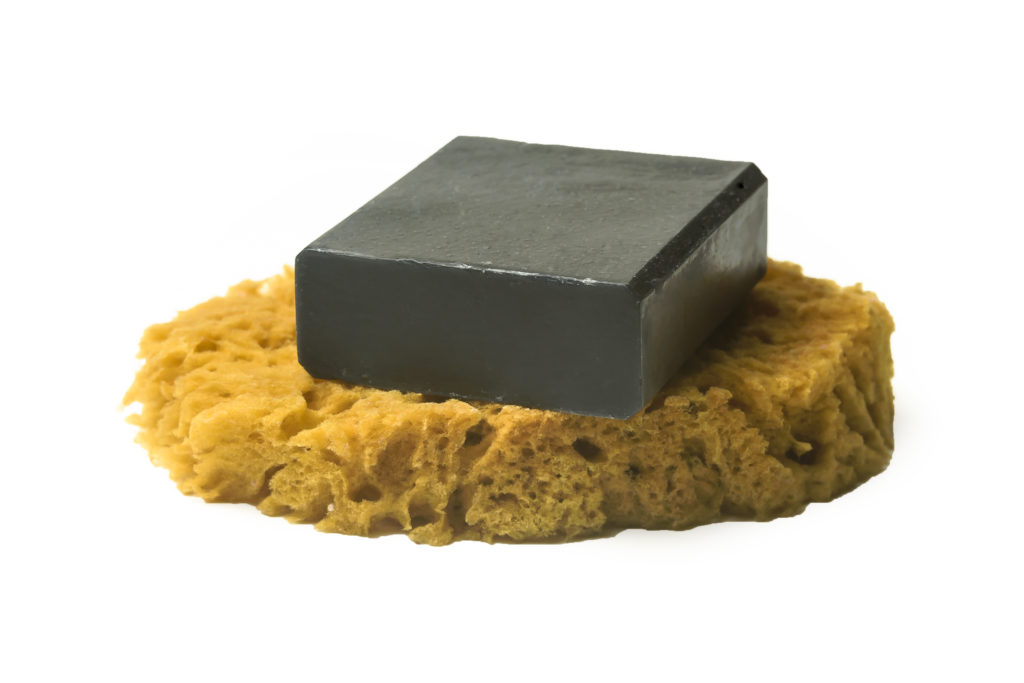
5 – Removing your soap from the mold
- Let you soap sit for 24 hours before removing from the mold.
- Check its readiness to be handled and removed by pressing lightly on the top of the soap. It should be slightly hard to the touch if it is still soft leave it in the mold for another 24 hours.
- Using the 50/50 recipe the soap will be hard enough to remove usually within 16 hours.
- After 48 hours and the soap has not hardened enough, you can place in the refrigerator for an hour to cool to a point to make it easier to remove from the mold without damaging the soap.
- After cooling remove the silicon and soap fro the wooden mold by turning the mold upside down. The silicone part should slide out easily.
- Pull the sides of the silicone mold away from the soap slowly. If it looks sticky as you pull place the soap back into the refrigerator. If not continue to gently pull the sides away from the soap.
- Once all four sides are pulled away turn the silicone mold upside down and while pulling at the two narrow end of the silicone press down gently on the bottom of the silicone onto the soap.(this will help release the soap from the mold)
- As the soap begins to slide out of the mold help it along the way by pushing on the bottom of the mold until it slides completely out of the mold.
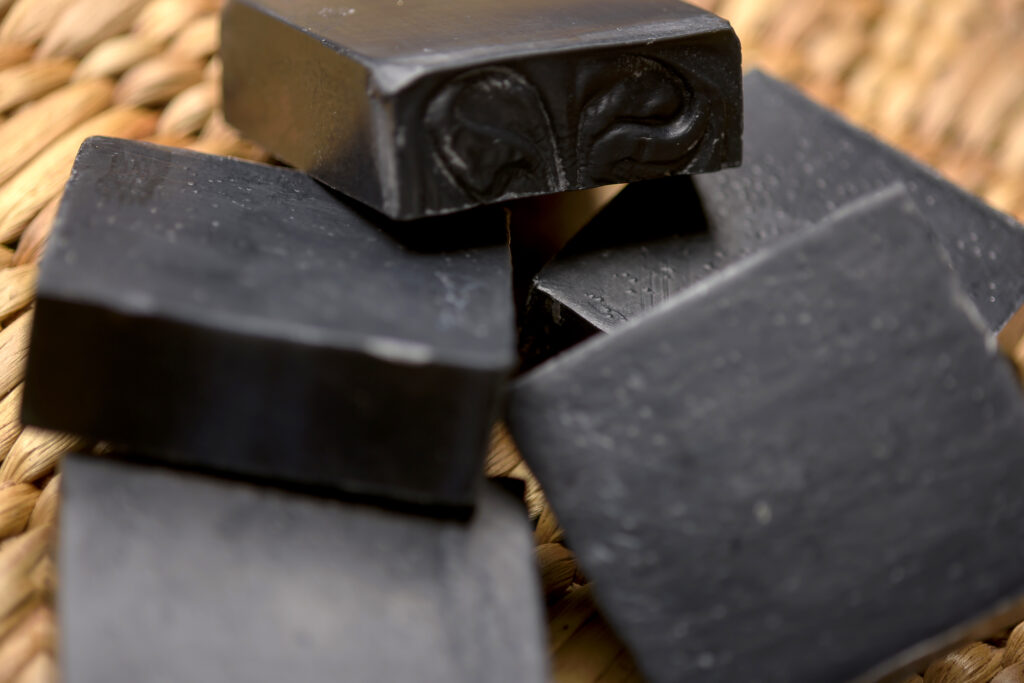
6 – Activated charcoal soap cutting and curing process
Cutting your soap is completely up to you. You can cut as thick or as thin as you like. The most standard thickness is often at 1 inch. For a typical soap loaf this will yield 10 bars of soap.
- Cut your soap using a soap cutter, a knife dedicated to soap cutting or a wire chees/soap cutter.
- Cut them 1 in thick, or to any thickness you like (Just do not leave it as one full loaf for long, the longer you wait the harder it becomes to cut the soap because it will begin to cure and get harder)
- Let your soap bars sit in a cool dry place for 4-6 weeks to cure. (Curing removes the excess water from the soap, this causes the soap to last longer.)
- Rotate your soap, changing the part that it sits on around to allow even evaporation of water from your soap.
- If you want to track its rate of curing you can weigh the soap bar diretly after cutting it and over the next few weeks weight it again. When the weight becomes negligable to track your curing process has completed.
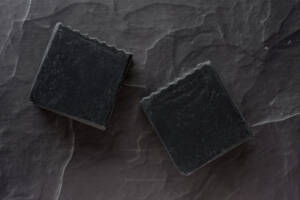
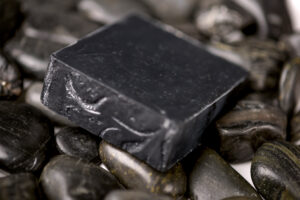
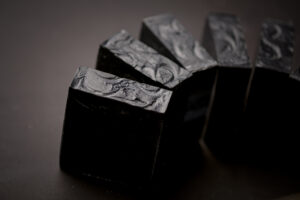
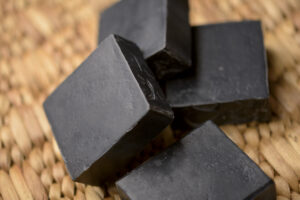
Congratulations on making activated charcoal cold process soap
Adding new ingredients to a soap recipie will open your soap making world to a myrand of options.
Practice this technique atleast two more times to make sure you get the hang of it. If any questions please do not hesitate to send us a message via our contact page or leave a message below in the comments section.
We would love to hear your success stories or if you are having trouble we would love to help you our.
We also carry soap making kits that are great to get started with if this is your first time making cold process soap.

